C. Miyagi‑Shiohira, I. Saitoh, M. Watanabe, H. Noguchi (2020)
Sci. Rep. 10:18084 DOI: 10.1038/s41598-020-75016-6
D. Mao, S. Ando, S. Sato, Y. Qin, N. Hirata, Y. Katsuda, E. Kawase, T. F. Kuo, I. Minami, Y. Shiba, K. Ueda, N. Nakatsuji, M. Uesugi (2017)
Angew. Chem. Int. Ed. Engl. 56: 1765-1770 DOI:10.1002/anie.201610284
T. F. Kuo, D. Mao, N. Hirata, B. Khambu, Y. Kimura, E. Kawase, H. Shimogawa, M. Ojika, N. Nakatsuji, K. Ueda, M. Uesugi (2014)
J. Am. Chem. Soc. 136: 9798-9801 DOI:10.1021/ja501795c
N. Hirata, M. Nakagawa, Y. Fujibayashi, K. Yamauchi, A. Murata, I. Minami, M. Tomioka, T. Kondo, T. F. Kuo, H. Endo, H. Inoue, S. Sato, S. Ando, Y. Kawazoe, K. Aiba, K. Nagata, E. Kawase, Y. T. Chang, H. Suemori, K. Eto, H. Nakauchi, S. Yamanaka, N. Nakatsuji, K. Ueda, M. Uesugi (2014)
Cell Rep. 6: 1165-1174 DOI:10.1016/j.celrep.2014.02.006
![]()




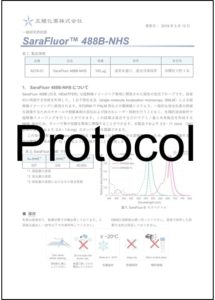
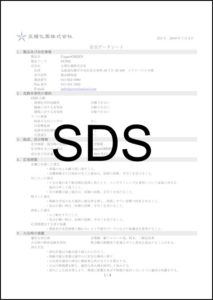
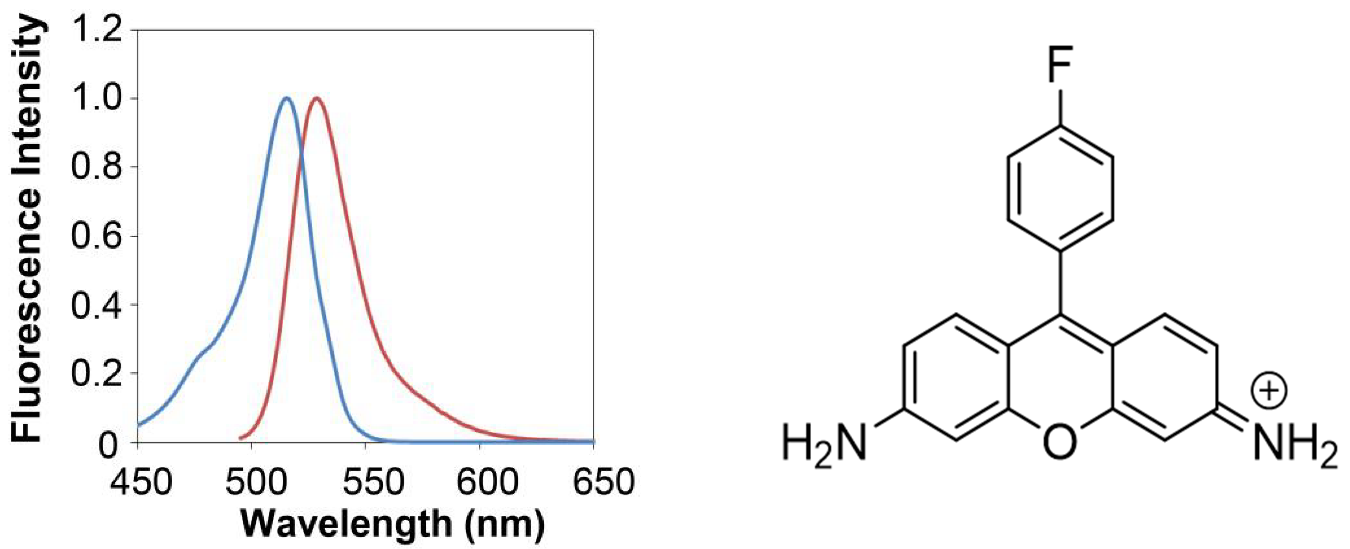

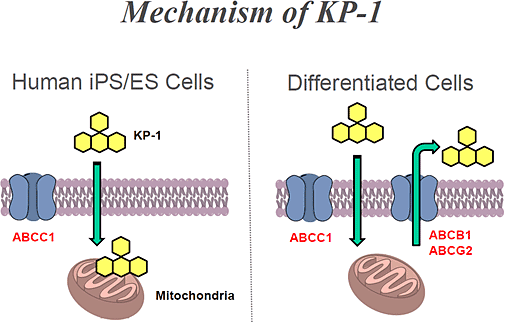
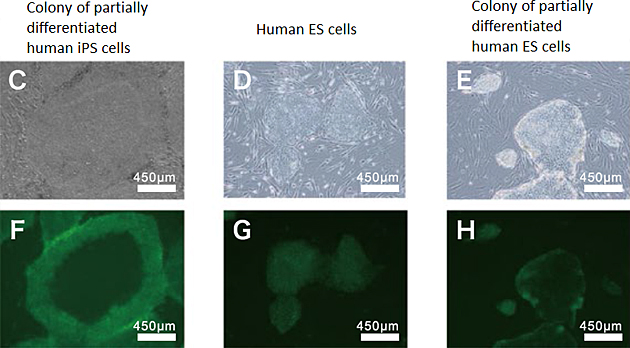
 Contact Us
Contact Us
